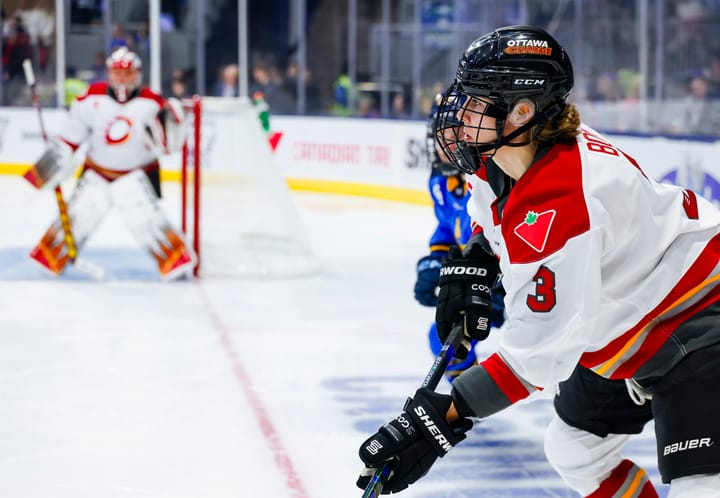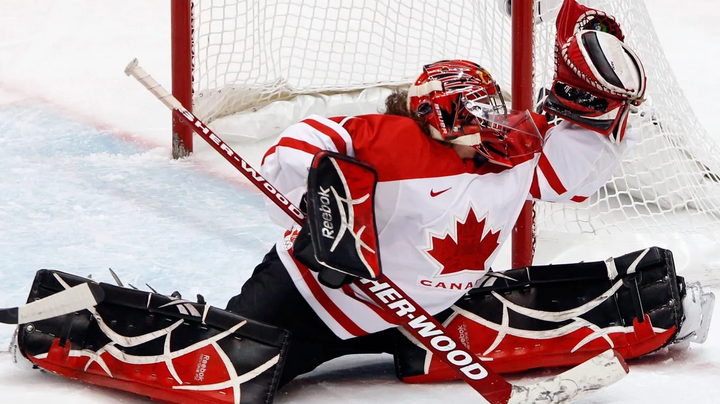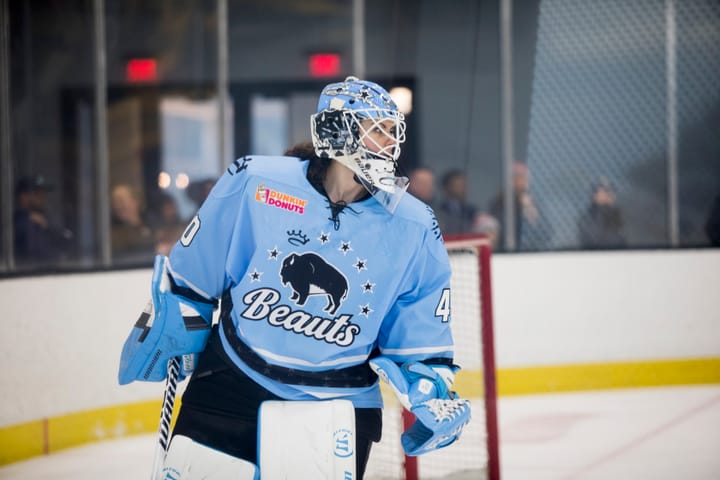Swedish Ice Hockey Association abruptly cuts subsidies for foreign players in SDHL
Here we go again.
Beginning next season, the Swedish Ice Hockey Association (SIHA) will no longer subsidize the international transfer card fee for foreign players in the SDHL. Teams will have to pay up to 127% more per player, increasing the financial burden and straining already limited resources.
While there is currently no limit on the number of foreign players allowed per club, the international transfer fee has risen from 3500 SEK in 2015-2016 to 5500 SEK in 2016-2017. Now, without the subsidies, that fee rises to 12,500 SEK, approximately $1,441 USD per player. Among the foreign free agents not yet re-signed are Linköping HC captain and Finnish Olympian Minttu Tuominen.
The decision was roundly condemned by SDHL executives and coaches. “It’s sad for women’s hockey in Sweden,” Luleå HF coach Fredrik Glader told The Ice Garden. “[They] didn’t [speak] with the clubs or our League SDHL and their board.”
The logic behind the decision stems from a desire to increase the number of Swedish players in the league and allow for greater development of Swedish talent. The problem? There are simply not enough Swedish players to fill the rosters.
“We do not have enough players,” Linköping HC sports director Kim Martin Hasson told The Ice Garden, reiterating what she told NSD on May 17: “It means we must take in 13 and 14-year-olds to fill out [the rosters] - and it will hurt the league. I think it’s really sad.”
When asked by NSD if she had received any warning about the change, Hasson replied, “No, and it bothers me.”
Linköping, like the other nine teams in the league, are working to finalize their lineup for next year, and must now figure out new ways to squeeze an extra 12,500 SEK for each foreign player out of already tight coffers: “We had not anticipated this in our budget.”
To give an idea of what kind of burden this will put on the teams, NSD used the 2016-2017 rosters and provided some statistics. Linköping HC, with its 14 foreign players, would have to pay an extra 98,000 SEK (approximately $11,369 USD). Last year’s SDHL champions Djugårdens IF, with its nine foreign players, would have to pay an extra 63,000 SEK (approximately $7,308 USD). Hasson told The Ice Garden that the fee is not per year but per contract; however with many foreign players on one-year deals, that often becomes a moot point.
That money could go elsewhere, as Luleå HF director Stefan Enblom pointed out: “We are trying to build something and need every penny to improve conditions for the women.”
No Warning
Djugårdens IF Vice President K.G. Stoppel was, like Hasson and others, shocked and furious that the decision came down with no warning. “I think you could have flagged it,” he told Aftonbladet. “I had understood a gradual increase, but to do it like this is unfortunate...our ambition is not to have mass import players, but to round out what we have.”
SIHA President Anders Larsson admitted to both the lack of Swedish depth as well as the lack of the necessary development system: “Right now we don’t have a well developed junior development program to take players from, it’s a path we will have to break ourselves. We do hope that it will be a fast process.”
Despite the admission, the SIHA decided to push ahead and brushed aside the suggestion that the decision should have been implemented over a period of years. The SDHL will now be paying the same amount as their male counterparts in the SHL, which Larsson attempted to spin as equality while choosing to ignore the vast difference in available resources. It’s a callous and cynical perspective, yet he stuck to it in the media:
“It’s reasonable for women’s hockey to pay their part just like on the men’s side,” Larsson told Aftonbladet, elaborating on his comments to NSD:
“The most important thing for us on the board - when this proposal came from the Competition Committee - was to decide what activities we want to subsidize.”
A member of the Competition Committee and the person rumored to have brought this motion to the board? Olof Östblom, Team Sweden assistant coach and, as of January 1, the team’s administrative chief. As assistant coach, Östblom works closely with head coach Leif Boork, whom he has known for many years and served under as Brynäs IF assistant coach in the SHL, replacing him as bench boss when Boork was fired mid-season in 2007.
Related
The curious case of Leif Boork and Team Sweden
Boork has long been a vocal critic of foreigners in the SDHL, and took to Twitter to reiterate his views:
Leif Boork has never coached in the SDHL, and prior to being an assistant coach at Sochi, had never coached in women’s hockey. He most recently coached the Damkronorna to their worst results since the 2002-2003 season.
“They Definitely Make The League Better”
Since its inception as Riksserien in 2008 the SDHL has seen its profile grow into the premier European destination for elite players. Last season 80 foreign players from 17 countries played in the league, including Olympians Jennifer Wakefield, Michelle Karvinen, and Florence Schelling.
Attracting international talent raises the league's profile, increases exposure, and improves the level of competition. All three factors drive sponsorship interests and help increase revenue, which in turn allows the league to improve conditions for the league’s players of all nationalities.
Kim Martin Hasson spoke very highly to The Ice Garden about the foreign players choosing to make their home in the SDHL, saying, “They definitely make the league better, and younger players look up to them.”
It’s worth noting that it’s not just SDHL teams with SHL affiliations and support who rely heavily on foreign players. Both SDE and Sundsvall, the latter of which was recently cut from the league, carried large numbers of foreign players, with 11 and 14 respectively.
“It’s extremely difficult to find Swedes who want to play with us,” said SDE team mananger Helene Åström. “We must have foreign players in order to conduct business.”
She went on, “Sure, our 15-year-old players are very good, they are fighting to take a place in our women's team and will be practicing with the team and certainly listed for some games - to see and learn. But from there to play regularly against, for example, Michelle Karvinen or Jennifer Wakefield, it's a long way. It will not be fair.”
Special thanks to Patrik Bexell and Erik Gustafsson for translation help.





Comments ()